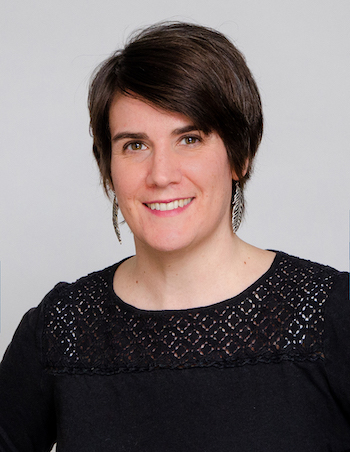According to a report by Gerald Mashange and Bradley Zwilling with the Univ. of Illinois Department of Agriculture and Consumer Economics, in the fourth quarter of 2024, loan demand in the Chicago Federal Reserve District exceeded that of the St. Louis District as shown here.

Surveyed bankers evaluate loan demand by comparing current-quarter conditions to the same period last year, indicating whether they are higher, lower, or the same. With these responses, a diffusion index is calculated for each district by subtracting the percentage of bankers who responded “lower” from the percentage who responded “higher,” and then adding 100. When the diffusion index is greater than 100, then the demand for loans is increasing and vice versa.
Loan demand rose in 2023 and remained steady in the St. Louis District in 2024. In the Chicago District, loan demand rose by a larger amount from 2023 to the first quarter of 2024, and briefly experienced a decline from the first quarter to the second, before rebounding again in the second half of the year.

The reduction in working capital over the past 24 months is reflected by the rise in borrowing needs. According to data from the Illinois Farm Business Farm Management (FBFM) Association, the average amount of working capital for the 2,121 farms in the sample decreased by 17% in 2023, falling from $593,813 in the prior year to $494,571. In that year, grain farms reported the highest average working capital at $511,659, while dairy farms had the lowest at $167,755. Hog farms averaged $466,446 in working capital, and beef farms reported $244,726. Initial reviews of the 2024 FBFM data indicate that working capital decreased by 20 to 30%, while liabilities increased by 2 to 7%, and interest expense rose by 20 to 30%.
Watch the full version of this episode of On The Record







